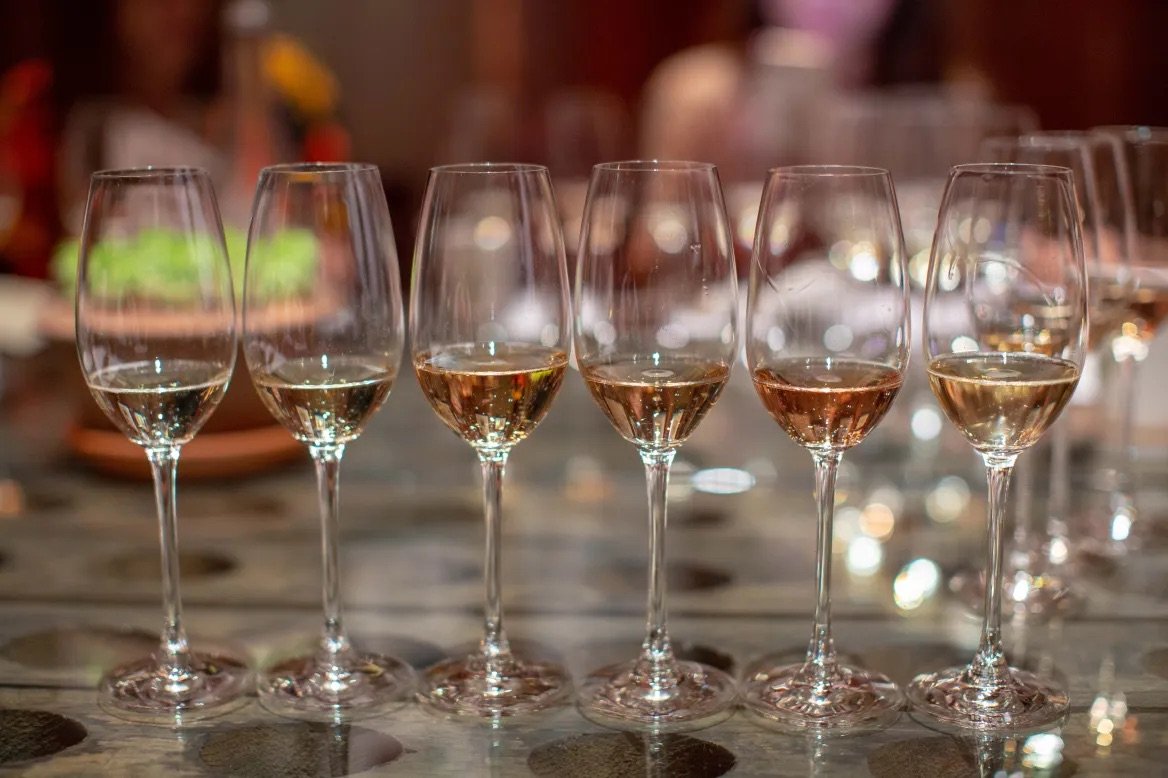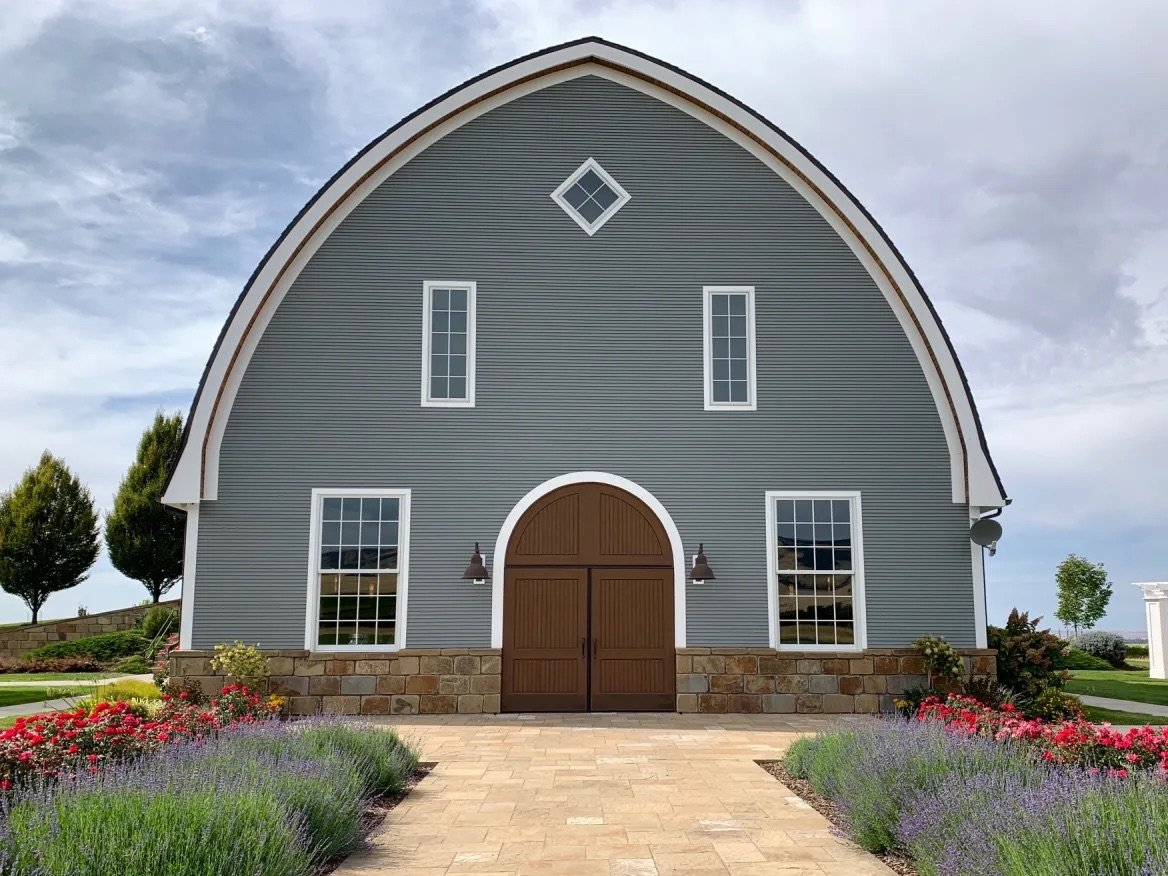
“Zoom In” on Winemaker Julien Fayard
This coming Saturday, April 25, there is an opportunity to sit at home and engage with one of my very favorite winemakers, Julien Fayard. Please read on for details and how to RSVP.
Julien has 20 years of winemaking experience starting in Provence, to Lafite Rothchild and Smith Haut Laffite prior to coming to Napa. Once here in the states, he worked along side Phillipe Melka. Many folks describe his work as bringing French finesse to making Napa wine. He has a deft touch in bringing great wine to life as a reflection of the grape and terrior.

Staying at Home…with Wine
These are interesting times to say the least. Our current circumstances in the world can still present opportunities. In the wine industry, many are taking the situation and providing new and unique ways to experience wine. There is easier access to getting wine shipped to your home with very small shipping fees, if any charges at all; and many wineries are opening up their cellars, offering older vintages for sale. The way it is now, it is clearly remarkable and a time to adventure into your own cellar and explore tastings with experts and winemakers.
For example, Turnbull Winery has set up on-line tastings with their winemaker Peter Heitz. He is home-grown in the Napa Valley and one of the most gracious and down to earth folks to speak with. While the first opportunity will have passed with this posting, there will be more. Not just with Turnbull. I have gotten numerous emails and announcements about other on-line events. There is another with the winemaker of Alpha Omega, with AXR, with Pride and so on. The industry is working hard to stay connected, and this is a wonderful time to learn and enjoy this age-old beverage that has been linked to humankind’s heritage since the Roman Empire and before. You should check out the websites of your favorite wineries and see what they are offering. They may be offering video tastings of wine that they will ship you. It could be quite delightful.

French Wine for $25!
Yes, it is well worth it. The 2016 Chateau Malescasse is comprised of 53% Merlot, 38% Cabernet Sauvignon and 9% Petit Verdot. It will pair nicely with roast lamb or steak. A great option when you think about a nicely seared T-Bone on the grill.
French wine is glorious. That goes without saying as they have a history and a reputation that is held up by the wine laws that govern the wine practices in France. You have undoubtedly heard the terms “Old World” and “New World.” The French set the mark and established the practices that set-in motion the “Old World,” a term that typifies and places emphasis on the terroir, less alcohol, greater acidity and more earthy flavors with less intervention by the winemaker.

Beer in Napa Valley??
Recently, we had friends visiting, and I was well aware that one of them appreciated wine while her husband enjoyed beer. One would think this is a challenge in one of the most prestigious wine regions in the world. Interestingly, the expanse of libations includes those made with hops and barley. Wine drinkers are not alone in their quest for aromas and taste. Beer itself has taken a big step forward in that same arena. I did my research to share some great stops with them.
Our first stop was St. Clair Brown, located on Vallejo Street in downtown Napa. It is housed in a cute building which is structured like a greenhouse, and they serve their offerings in a very sweet garden setting. What makes this location really special is that they not only make beer, they make wine. Elaine St. Clair is the winemaker and brewmaster, studying both at UC Davis. This enterprise with her friend and business partner, Laina Brown, started in 2010, when they founded Napa’s first boutique urban winery, nano-brewery and culinary gardens. This is the perfect stop for those who want to try both wine and beer.

For the Health of Our Wine: Not Over the Fridge!
All of us have a specific preference for temperature and sunlight. Mine is somewhere above 60 degrees with an ample amount of blue skies and not too much moisture (rain that is). Hmmm, that makes a good argument for California. I found this out living in the frozen tundra of Minneapolis for several years. My point is that there are ideal conditions to preserve our health and well-being.
That holds true for wine. If you have visited wineries and walked through the caves, you know that the main purpose of the cave is temperature control and high humidity. You have heard the number 55 degrees. Well, it is all about controlling the reaction in the barrel and the bottle. A bottle of wine will eventually turn to vinegar left to its own devices in high heat and excessive oxygen.

A Sparkling Entry into a New Decade
Yes, of course, I mean sparkling wine. As New Year’s Eve and Day approach, I can think of no better beverage to welcome in the new year than sparkling wine! It bubbles, it foams, and the effervescence is intoxicating. The simple pouring of a glass invites celebration.
The first question then is what type of glass should you use? There are many traditional and even historical vessels that have been used, such as the open goblets which eventually morphed into the flute. The flute itself has become quite prevalent today, even in restaurants and bars. My suggestion would be to use a traditional white wine glass. You will still see the stream of bubbles and also enjoy the fresh, toasty aromas of the wine. Reidel has introduced a new performance glass that, in my experience, enhances the beauty of a sparkling wine.

Stunning Reds from Blankiet
Sometimes it is just appropriate to enjoy world class red wine. Such is the case at Blankiet Estate (pronounced Blănk-ē-ā) in Yountville, California. This winery does things to extract the most flavor and deliver smooth texture in each bottle of wine. It starts with the management in the vineyard and extends through each step of the harvest to cellaring.
Our visit to Blankiet was impressive as the views are simply gorgeous. The winery sits on the western slope of the Mayacamas Mountains that create part of the western edge of the Napa Valley. The ride up from Highway 29 was a gentle slope up a gravel road. The approach to the winery was a bit deceptive as the winery itself is contained in a cave that is well carved from the mountain, not visible from the road. From the road, all you see are vineyards.

Having a Ball in Walla Walla!
Recently, I had the pleasure to explore the exciting wine region of Walla Walla, Washington. This is an area that is literally exploding with new wineries and delivering great wine to please all. In just three days, we visited and sampled the wines of 11 different wineries.
Walla Walla is located in the southeastern corner of Washington, east of the Cascades about 200 miles. The region is literally “high desert” (elevation about 1000 feet) as the Cascades form a rain shadow for the area. Rivers are the main source of water. Walla Walla has long been known as one of the most fertile agricultural areas in the nation, producing such crops as wheat, asparagus, strawberries and the famous Walla Walla Sweet Onions. The growing, shining star today though is the wine business.

Value Wines to Look for in a Wine Store Near You
Many times, I am asked for recommendations for wine. In particular, many folks are often looking for some modestly priced, well-crafted wine that they can enjoy drinking. To make the case that these wines are available in many locations, I perused the shelves at Binny’s during a recent trip to Bloomington, Illinois.
Whether you are planning a party or just looking for good value wines, here are some of my favorites that I have enjoyed in the past. Many will be available, based on production numbers, in stores near you, such as Total Wine – or Binny’s!

Natural Cork vs. Screw Cap: Which Is Better?
There is an impression in the marketplace that a Stelvin (screw cap) closure on a bottle of wine infers a wine of less quality and value. Is it true or a misunderstanding? What does the bottle closure really do and what are the differences between the two? Why does it matter?
First, let’s look at what a bottle stopper does for wine. Wine is made up of water, alcohol, sugar, phenolic compounds and acids. It is the winemaker’s purpose to bring these components into balance. If too much oxygen gets in too quickly, it will decrease the fruity aromas and flavors found in that wine. It will also impact the color of the wine – darkening white wines and lightening reds. It is the job of the stopper to moderate the amount of oxygen that gets into the bottle over time.
